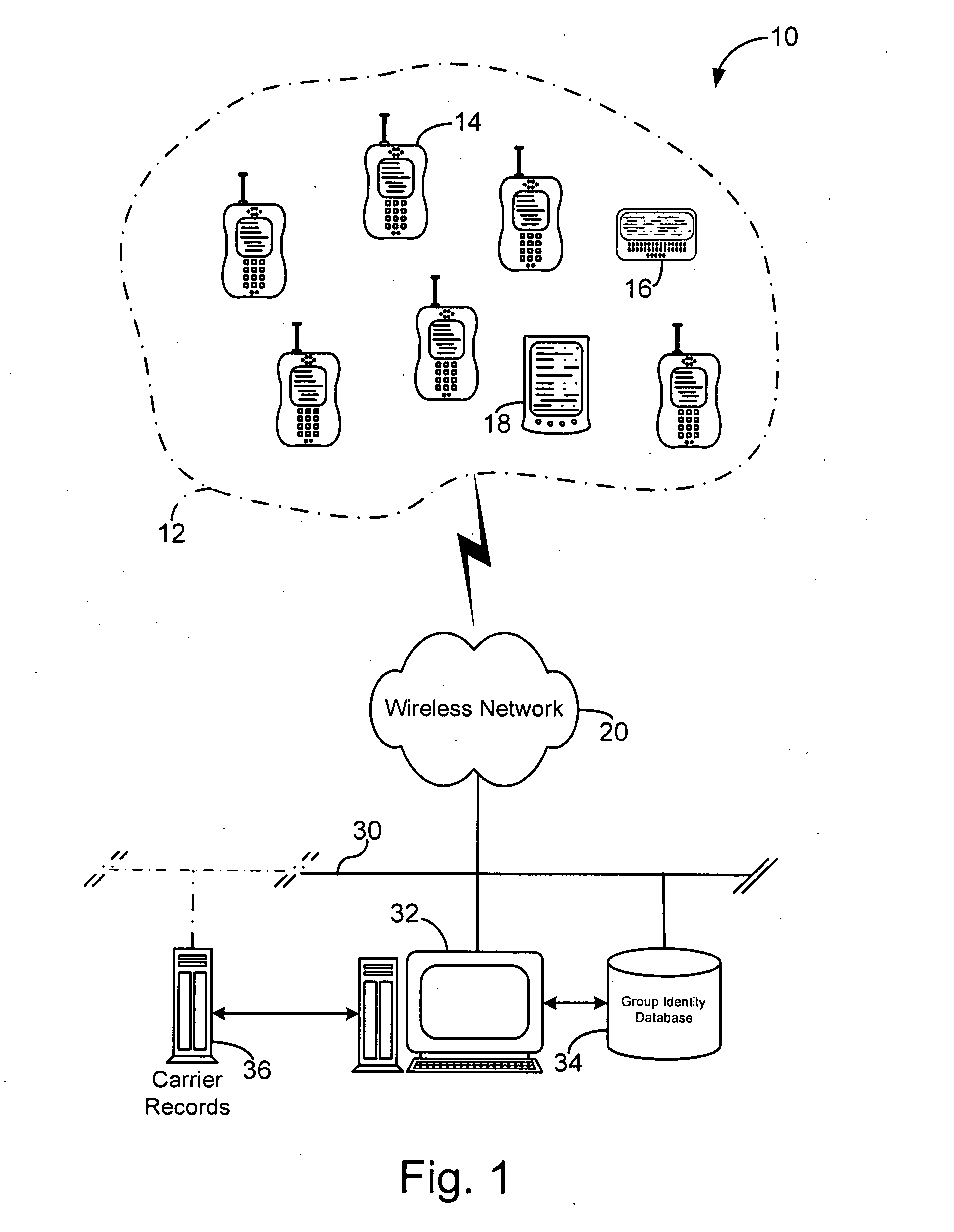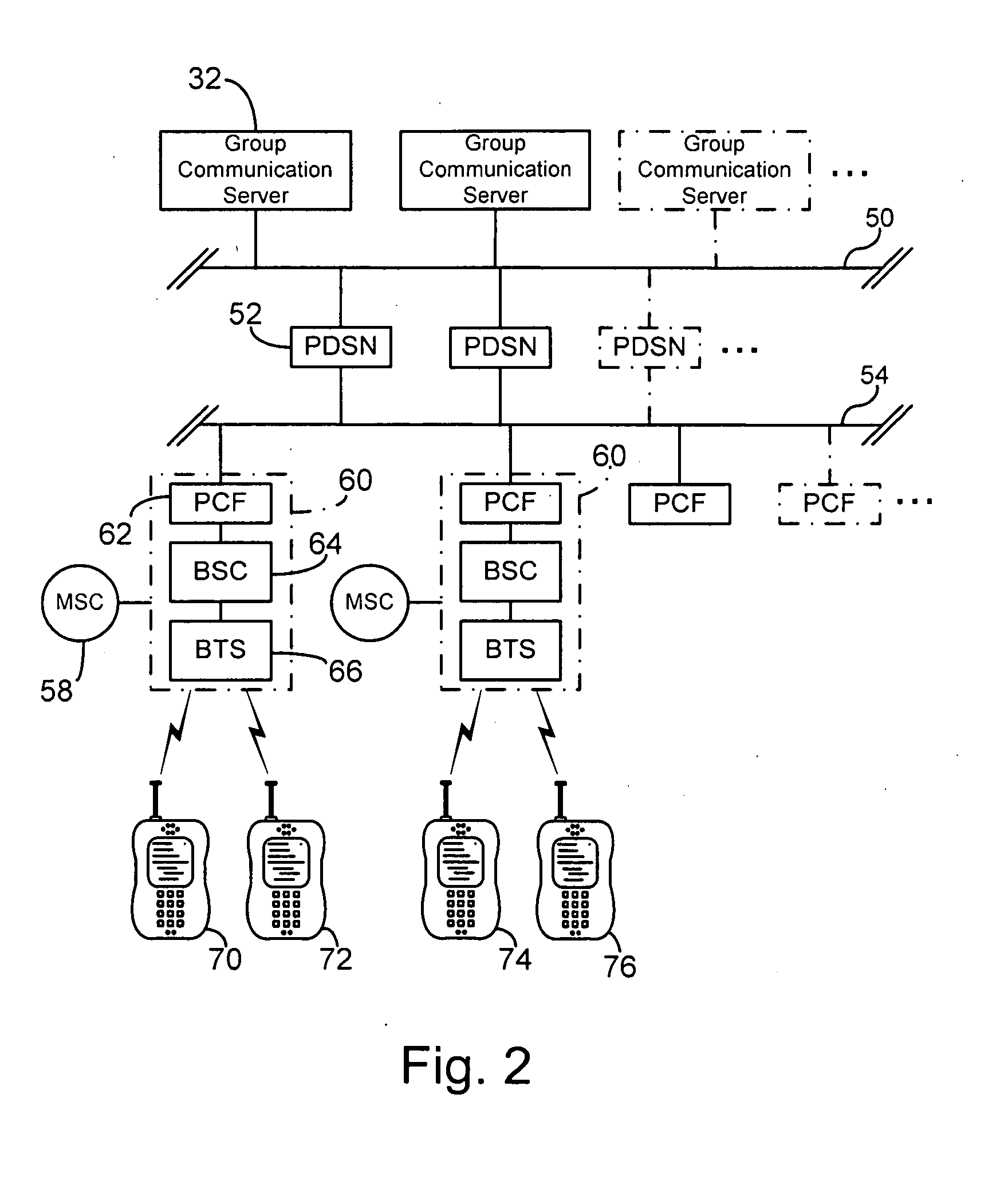Stable Granulates Containing S-adenosylmethionine and Process for Preparation Thereof
a technology of s-adenosylmethionine and granules, which is applied in the direction of sugar derivatives, biocide, plant growth regulators, etc., can solve the problems of significant intrinsic instability of molecules, economic and technological disadvantages, and difficult isolation, storage and formulation of products, etc., to achieve stable and non-hygroscopic pharmaceutical forms, the effect of saving costs and tim
- Summary
- Abstract
- Description
- Claims
- Application Information
AI Technical Summary
Benefits of technology
Problems solved by technology
Method used
Image
Examples
example 1
Preparation of A granulate of SAMe, with the Addition of a Lubricant, (Simultaneous Spraying)
[0074]The 10% by weight aqueous solution of SAMe disulfate tosylate (250 Kg, corresponding to 25 Kg of salt of SAMe), kept at +4° C. and warmed up to 15° C. before using, was transferred into a 300 liters stainless steel container, equipped with a propeller mixer. Hydroxypropylmethylcellulose (HPMC, Pharmacoat 615) (5 Kg) and after mild stirring for 25′, silica (Aerosil 200) were added to the solution and the stirring was continued for other 15′ up to the complete dissolution of the components.
[0075]The solution was then sprayed for 13 hours onto Vivapur® 12 microcrystalline cellulose (15 Kg), in a fluid bed granulator Hüttlin HKC-50-TJ, in which the highest temperature of the outlet air was 49° C. At the end of the granulation the temperature of the product was 48° C. The granulate was then dried for 10′ more and cooled for 25′, with a temperature of the outlet air of 42° C.
[0076]The final ...
example 2
Preparation of a Granulate of SAMe (Sequential Spaying)
[0078]The 20.7% by weight aqueous solution of SAMe disulfate tosylate (75.7 Kg, equal to 15.68 Kg of salt of SAMe), kept at −15° C. warmed up to 15° C. before using, was sprayed onto microcrystalline cellulose (14.852 Kg, PH101, humidity 4.25%) in a Glatt WST 30 fluid bed granulator, and granulated for 8 hours and 40 min. at a maximum temperature of the outlet air equal to 52° C. The final temperature of the product was 44° C. The granulated was coated with Pharmacoat 615 (0.632 Kg in a 7% by weight aqueous solution) in the same device, for 1 hour and 10 min. and then cooled with air for 20′ (air outlet T after cooling 46° C.). The final granulate showed the following percent composition:
Ingredients% (by weight)SAMe Disulfate Tosylate50.3Pharmacoat 6152.0PH10147.7Total100
with a content of water equal to 2.61% w / w (loss on drying IR 105° C. for 15′) and a density equal to 330 g / l.
[0079]The yield of the granulation process was 96....
example 3
Preparation of a Granulate of SAMe, with Addition of Lubricants (Sequential Spraying)
[0080]In this example, that is a variant of example 2, Aerosil 200 (0.9 Kg) was directly mixed with the carrier PH101(13.5 Kg) before granulating. The mixture was then charged into the granulator and the fluid bed granulation was performed, with the sequential addition of the salt of SAMe (15 Kg of SAMe disulfate tosylate) and of the coating agent (0.6 Kg of Pharmacoat 615) under the same operating conditions described in example 2.
[0081]The final granulate showed the following percent composition:
Ingredients% (by weight)SAMe Disulfate tosylate50.0Pharmacoat 6152.0Aerosol 2003.0PH10145.0Total100
[0082]The presence of 3% of Aerosil 200 increased the flowability of the final granulate, improving the performance in tablet preparation.
PUM
 Login to View More
Login to View More Abstract
Description
Claims
Application Information
 Login to View More
Login to View More - R&D
- Intellectual Property
- Life Sciences
- Materials
- Tech Scout
- Unparalleled Data Quality
- Higher Quality Content
- 60% Fewer Hallucinations
Browse by: Latest US Patents, China's latest patents, Technical Efficacy Thesaurus, Application Domain, Technology Topic, Popular Technical Reports.
© 2025 PatSnap. All rights reserved.Legal|Privacy policy|Modern Slavery Act Transparency Statement|Sitemap|About US| Contact US: help@patsnap.com



